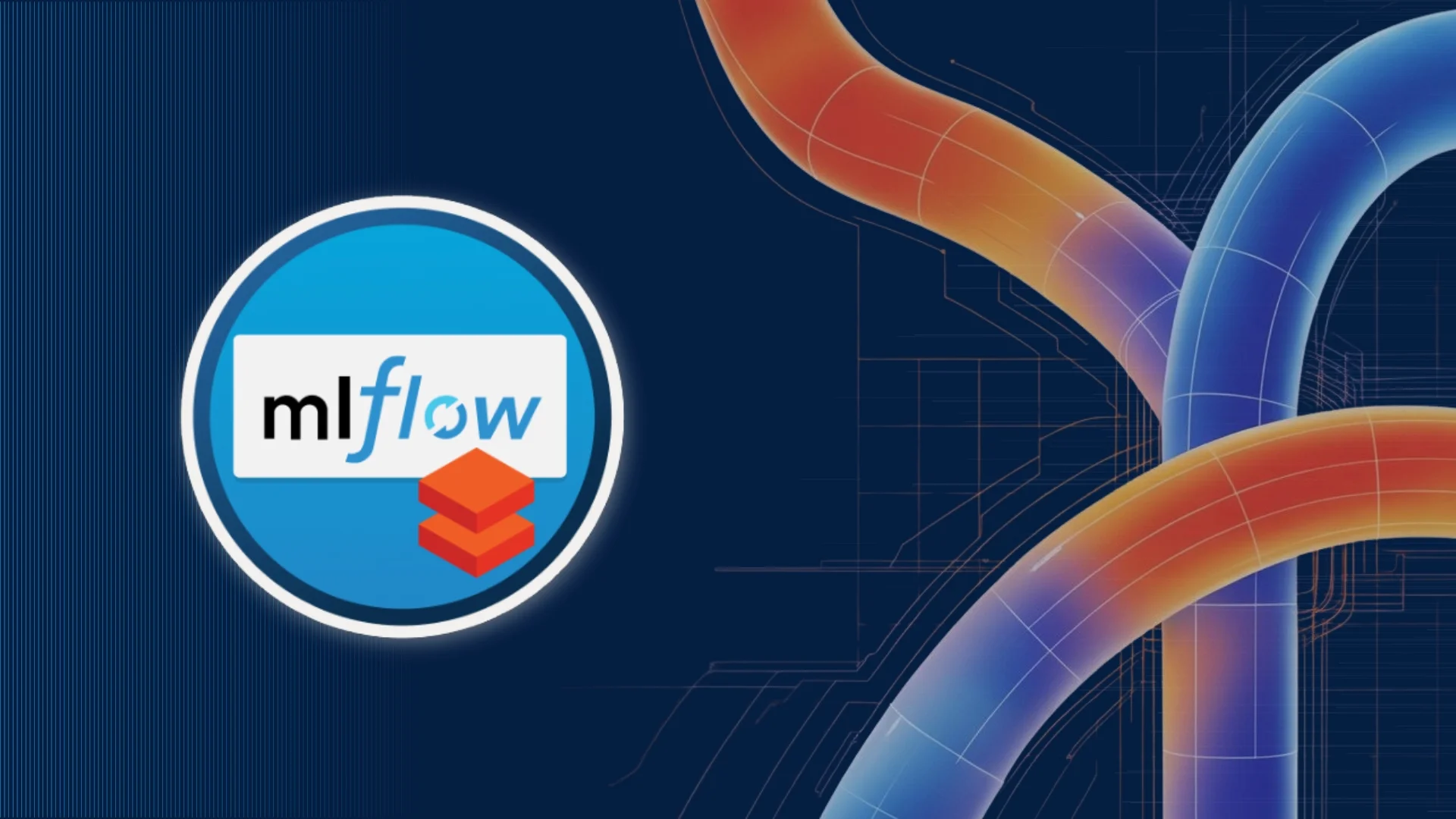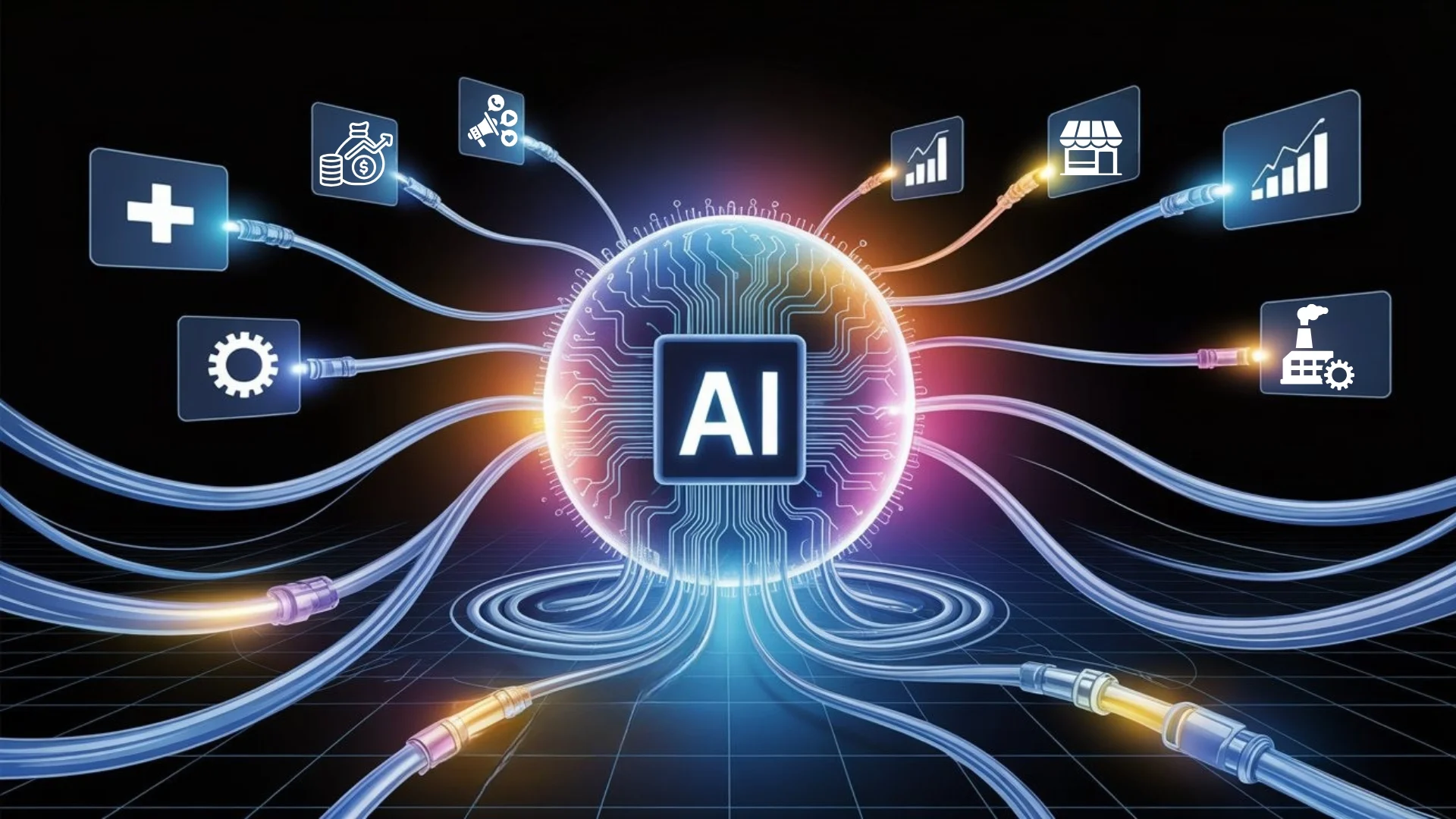Introduction
For any digital application or website, we need a user interface combined with effective user experience (UX). The visual design serves as the initial point of acceptance for the user, rather than the functionality. Design plays a pivotal role in ensuring customer satisfaction and retention. However, several user pain points hinder optimal user interaction with products and services. We’ve identified the top 9 user pain points and proposed solutions leveraging visual design elements. This blog aims to shed light on enhancing UX through effective design strategies.
Table of Contents
Cluttered interfaces
Cluttered interfaces are a major hindrance to user engagement. Overloading users with too much information or too many elements can overwhelm and confuse them, leading to a poor user experience. To enhance engagement, implement minimalist design principles. Use ample whitespace to declutter the interface, allowing users to focus on essential elements. Simplifying navigation and reducing unnecessary content can make the interface more intuitive and user-friendly. Prioritize clarity and simplicity to ensure users can easily find what they need and interact seamlessly with application or website.

Complex navigation structures can lead to user frustration, hindering their experience with a digital application or website. However, simplifying navigation through intuitive menus, breadcrumbs, and visual cues is essential. These techniques not only enhance the user journey but also reduce cognitive load, making it easier for users to navigate and find what they need. By prioritizing clarity and ease of use in the design process, designers can effectively address user pain points and ensure a smoother digital experience overall.

Information Hierarchy
Users frequently encounter difficulty understanding the information hierarchy in interfaces. Designers address this challenge by employing visual hierarchy techniques, including typography, color, and size. These methods prioritize content, enabling users to navigate interfaces effortlessly. Typography choices, such as font size and style, guide users to key information. Strategic use of color highlights important elements, while variations in size emphasize hierarchy. By integrating these visual design techniques, designers enhance the user experience by providing clear and intuitive interfaces.

Lack of Engagement
Interaction mechanisms are crucial for user interaction. When absent, uncertainty prevails, hindering the user experience. Incorporating visual feedback elements such as animations, hover effects, and micro-interactions is essential. These elements provide users with real-time responses to their actions, fostering a sense of control and engagement. By implementing these visual design techniques, websites and digital applications can effectively address user pain points, enhancing the overall user experience and satisfaction.

Poor readability
Enhancing readability is pivotal in tackling high bounce rates. Through strategic font choices, contrast optimization, and meticulous line spacing adjustments, content accessibility skyrockets while user comprehension flourishes. These visual design tactics directly address user pain points, rendering content more engaging and digestible. By alleviating readability barriers, websites and digital applications cultivate a more seamless user experience, encouraging prolonged engagement and interaction.

Lack of accessibility features
Accessibility lies at the core of inclusive design. Integrating crucial features, such as providing alternative text for images, supporting keyboard navigation, and adjusting color contrast, significantly enhances usability for all users, irrespective of their abilities. By addressing these fundamental elements, digital products and websites can overcome user pain points and create a more inclusive experience. Prioritizing accessibility ensures that every user can engage with the content effectively, promoting equality and usability. In the realm of user pain points, visual design techniques serve as essential tools to bridge gaps and enhance the overall accessibility of digital platforms.

Lengthy form filling
Lengthy form filling can be a significant pain point for users, often leading to frustration and abandonment of crucial actions. However, integrating progressive disclosure techniques can alleviate this issue. By implementing features such as collapsible sections and autofill functionalities, the form-filling process becomes more streamlined and user-friendly. Collapsible sections allow users to focus on relevant fields, while autofill reduces the effort required to complete repetitive information. These visual design techniques not only enhance the user experience but also minimize user friction, so there may be chances of completing the form.

Complexity of workflows
Users frequently grapple with the complexities of navigating intricate processes or workflows. To address this challenge, integrating visual aids such as tooltips, walkthroughs, and contextual hints becomes paramount. These elements serve as guiding beacons, illuminating the path forward for users at critical junctures. By leveraging these visual design techniques, we not only alleviate user frustration but also streamline their journey, facilitating smoother task completion and ultimately elevating overall satisfaction levels.
Lack of personalization
Personalization is crucial to user experiences but often overlooked. Users desire tailored content based on preferences, behaviors, and demographics. Implementing personalized strategies deepens engagement and fosters lasting relationships. From recommending products to customizing content, personalization enhances the user journey. It’s about creating a connection. Visual design techniques addressing this user pain point ensure interfaces are not just functional but also deeply impactful.
Accessibility lies at the core of inclusive design. Integrating crucial features, such as providing alternative text for images, supporting keyboard navigation, and adjusting color contrast, significantly enhances usability for all users, irrespective of their abilities. By addressing these fundamental elements, digital products and websites can overcome user pain points and create a more inclusive experience. Prioritizing accessibility ensures that every user can engage with the content effectively, promoting equality and usability. In the realm of user pain points, visual design techniques serve as essential tools to bridge gaps and enhance the overall accessibility of digital platforms.
Conclusion
Effective visual design is instrumental in alleviating user pain points and elevating the overall user experience. By addressing cluttered interfaces, complex navigation, and other common challenges with thoughtful design solutions, businesses can enhance user satisfaction, retention, and ultimately, their bottom line.
Why Choose Sparity
A bright team of UI/UX experts crafting user-friendly solutions can significantly enhance customer satisfaction, surpassing traditional approaches and positioning Sparity as a leading provider of UI/UX design solutions, offering a blend of creativity, expertise, and innovation to deliver seamless and intuitive user experiences. Choose Sparity for unparalleled design excellence and meaningful interactions with audience.
FAQs
What are the 10 UI design challenges?
The top 10 UI design challenges range from brand consistency to responsive design. Designers address content presentation, iterative approaches, and functionality for an enhanced UX. Read more
What are the 10 UI visual design techniques to master?
Master UI visual design with wireframing, typography, iconography, color consistency, brand identity, layout, content, elements, composition, and elevating the user experience. Read more
What is the Kano model’s emphasis on UI/UX?
Features are divided into basic, performance, and enjoyment components by the Kano Model. In recent days, people have widely extended this model to the UX design thinking process. Read more
What is the top 5 UX design thinking processes and their steps?
Features are divided into basic, performance, and enjoyment components by the Kano Model. In recent days, people have widely extended this model to the UX design thinking process. Read more
What are user pain points and how to enahcne them with visual design elements?
Enhance the top 9 user pain points with effective visual design elements to improve user experience & satisfaction. Learn the best design strategies. Read more















